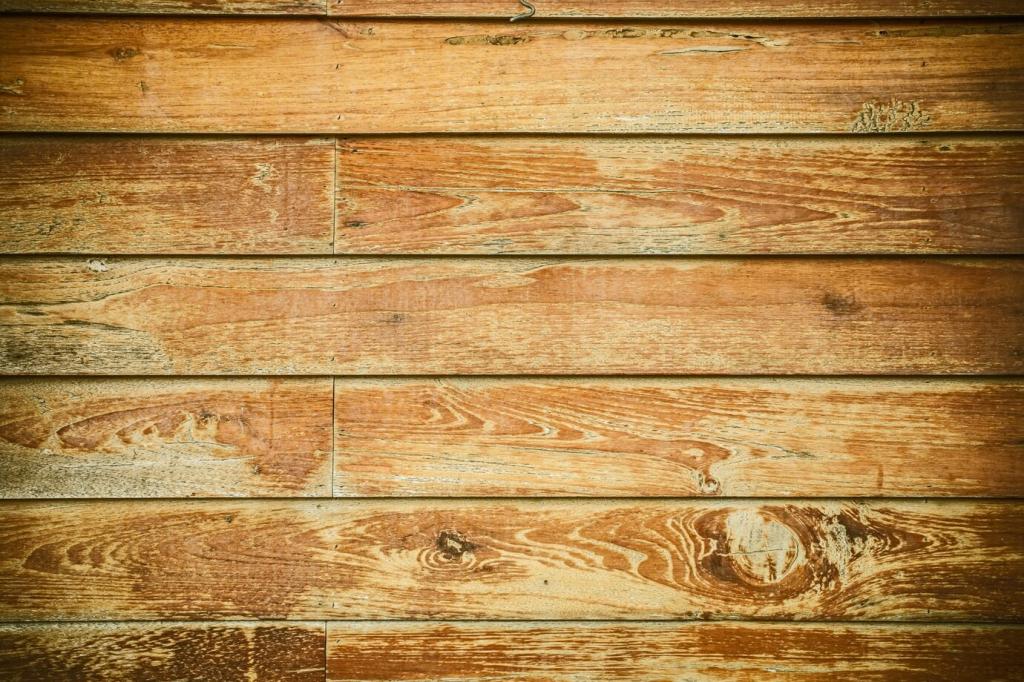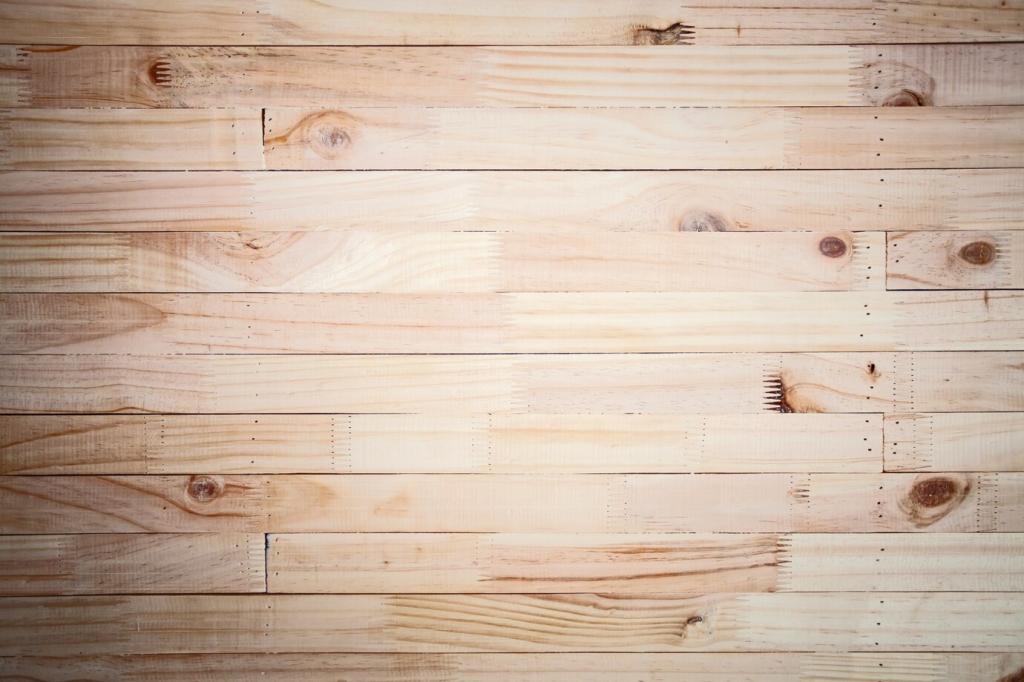Airtight, Insulated, and Ventilated: The Quiet Backbone
Draw an unbroken ‘red line’ through your air barrier layer, inside or out, then detail every penetration with tapes, gaskets, and sleeves. Service cavities protect air barriers from future nicks. Share a section drawing, and we’ll help close the loops where leaks love to hide.
Airtight, Insulated, and Ventilated: The Quiet Backbone
Slab edges, rim joists, balconies, and steel lintels can bleed heat. Introduce continuous exterior insulation, structural thermal breaks, and insulated headers. The goal is smooth thermal continuity. Tell us your worst thermal bridge, and the community will offer tested fixes and field-proven materials.




